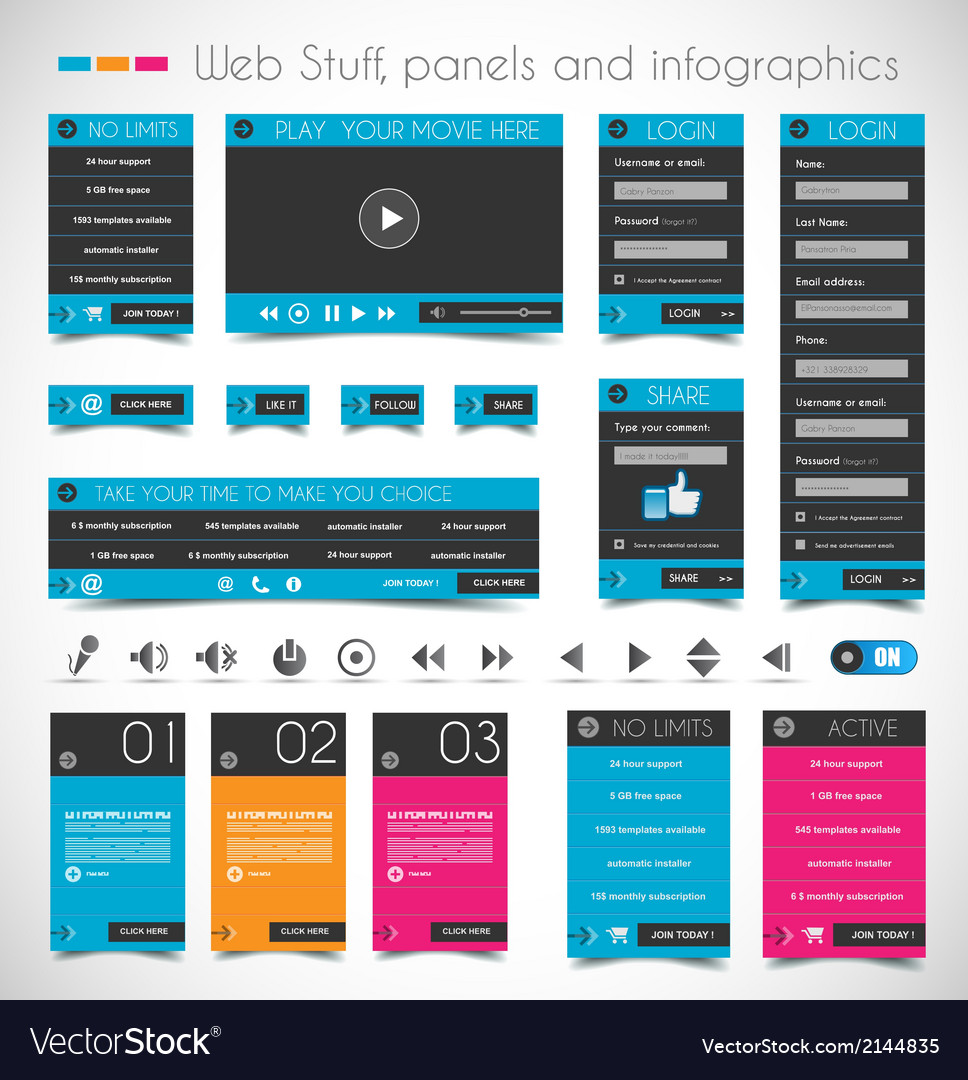Interested In Finding Out Just How Internet Site Style Has Advanced Throughout The Years? Check Out The Journey From Uncomplicated Layouts To User-Centered Techniques
Interested In Finding Out Just How Internet Site Style Has Advanced Throughout The Years? Check Out The Journey From Uncomplicated Layouts To User-Centered Techniques
Blog Article
Web Content Author-Tobiasen Dalby
In the past, internet sites were simple and concentrated on info. Navigating was direct, and layout was for desktops. Currently, individual experience is crucial. Data overviews designs for easy navigating. Receptive designs suit various gadgets. Today, dark setting decreases stress, and minimal food selections boost navigation. Interactive functions involve customers, and bold visuals stand apart. AI assimilation increases engagement. See how layout has actually progressed to improve your on-line trip.
Very Early Days of Website Design
In the early days of website design, simplicity preponderated. Sites were basic, with restricted shades, fonts, and layouts. The focus got on giving details rather than fancy visuals. Individuals accessed the net through slow-moving dial-up links, so rate and functionality were essential.
Navigating food selections were straightforward, generally situated at the top or side of the web page. Internet sites were made for desktop, as mobile surfing had not been yet common. Content was king, and designers focused on easy readability over complicated layout elements.
LASIK Near Me was the primary coding language made use of, and designers had to work within its restraints. Computer animations and interactive attributes were minimal contrasted to today's standards. Web sites were fixed, with little vibrant material or personalized individual experiences.
Rise of User-Focused Design
With the evolution of website style, a change in the direction of user-focused design concepts has become significantly noticeable. Today, creating internet sites that focus on customer experience is crucial for involving site visitors and achieving service objectives. User-focused style includes comprehending the demands, preferences, and behaviors of your target audience to customize the site's layout, web content, and includes accordingly.
Developers currently carry out comprehensive research study, such as customer studies and use screening, to gather understandings and feedback straight from customers. This data-driven strategy aids in creating instinctive navigation, clear calls-to-action, and visually appealing user interfaces that reverberate with site visitors. By positioning the user at the center of the design procedure, websites can supply an extra individualized and satisfying experience.
Responsive style has likewise become a key aspect of user-focused design, guaranteeing that web sites are enhanced for numerous devices and display dimensions. This adaptability improves ease of access and functionality, dealing with the varied methods individuals communicate with internet sites today. Basically, the increase of user-focused design signifies a change in the direction of producing electronic experiences that focus on the demands and assumptions of the end customer.
Modern Trends in Web Design
Explore the most recent trends forming website design today. One famous fad is dark setting design, offering a sleek and modern appearance while lowering eye strain in low-light environments. One more crucial pattern is minimalist navigating, streamlining menus and boosting user experience by focusing on essential elements. Incorporating micro-interactions, such as animated buttons or scrolling results, can produce a more interesting and interactive site. Receptive design continues to be essential, making sure smooth individual experiences across numerous tools. Additionally, making use of bold typography and unbalanced layouts can add visual passion and draw attention to specific material.
Incorporating AI modern technology, like chatbots for customer support or personalized recommendations, enhances customer engagement and improves procedures. Availability has also come to be a significant fad, with developers focusing on inclusive layout techniques to satisfy diverse customer needs. Embracing sustainability by optimizing web site performance for speed and efficiency is an additional arising pattern in web design. Teaming up with customer feedback and data analytics to repeat and boost layout constantly is essential for staying pertinent in the ever-evolving electronic landscape. By embracing these modern-day fads, you can produce an aesthetically attractive, user-friendly internet site that reverberates with your target market.
Conclusion
As you reflect on the advancement of web site style from the early days to now, you can see exactly how user-focused layout has ended up being the driving force behind modern fads.
Welcome the trip of adjustment and adaptation in website design, always maintaining the user experience at the center.
Stay existing with the most recent trends and technologies, and never ever quit advancing your approach to produce aesthetically spectacular and user-friendly web sites.
Progress, adapt, and create - the future of website design is in your hands.
